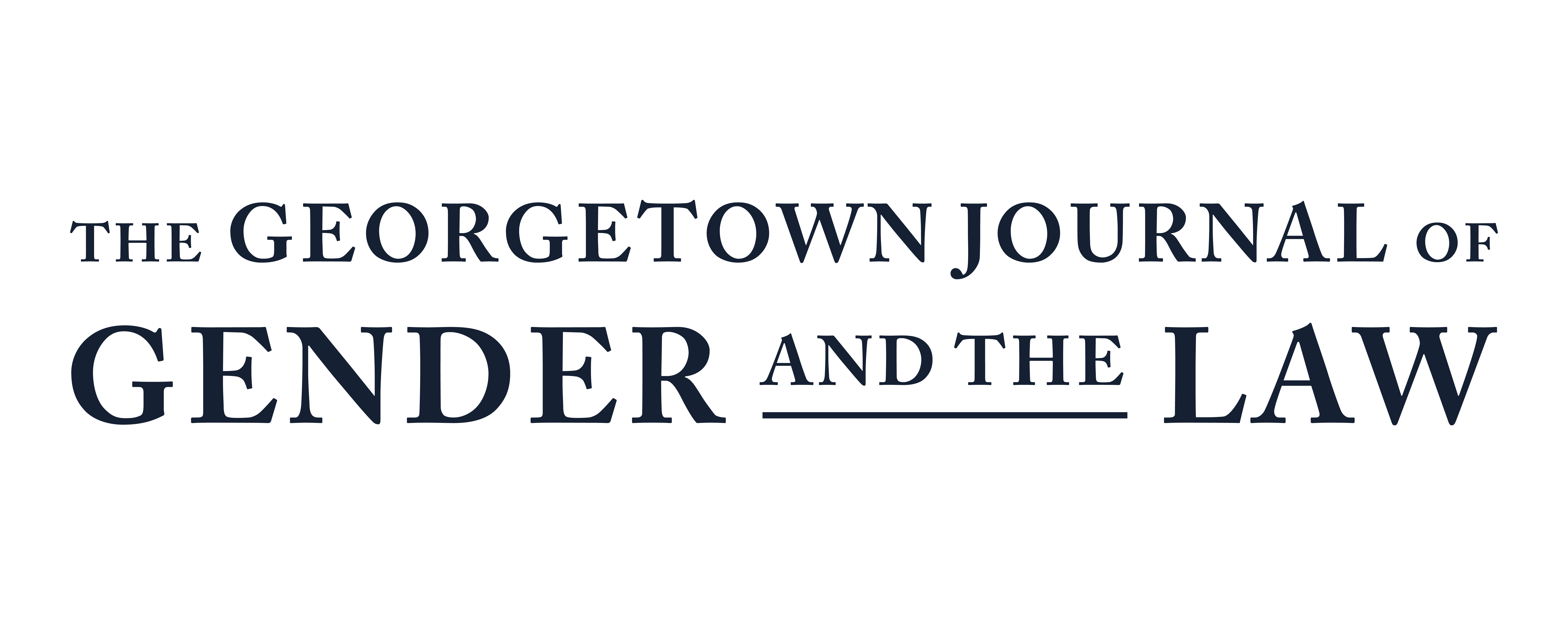Expanding Access to Community-Based Doula Services in Response to High Rates of Maternal Mortality
The United States has an extremely high maternal mortality rate which continues to increase despite the significant amount of funding that has been allocated to reduce it. This maternal mortality crisis disproportionately affects pregnant people of color, and Black individuals in particular.
Doula care has the potential to reduce maternal mortality rates and improve the birthing experiences of people of color in the United States. There are substantial barriers to access to community-based doulas who can serve as patient advocates, especially for patients who face the highest risk of maternal mortality. Although this form of care can save both lives and government funds, it is inaccessible to many people who are interested due to lack of Medicaid and private insurance coverage of this form of care, insufficient Medicaid reimbursement rates for doulas, and a dearth of diverse doulas with lived experiences that resemble those of the pregnant people of color who stand to benefit most from their services.
The first part of this essay provides an overview of maternal mortality in the United States, racial bias in maternal medicine, and community-based doulas as a remedy to this bias. Part II presents several barriers that prevent individuals from accessing doula care during their pregnancies. Part III explores various institutions’ attempts to increase access to doula services, and, finally, Part IV provides recommendations to ensure that pregnant individuals interested in doula care are effectively connected to skilled providers.

